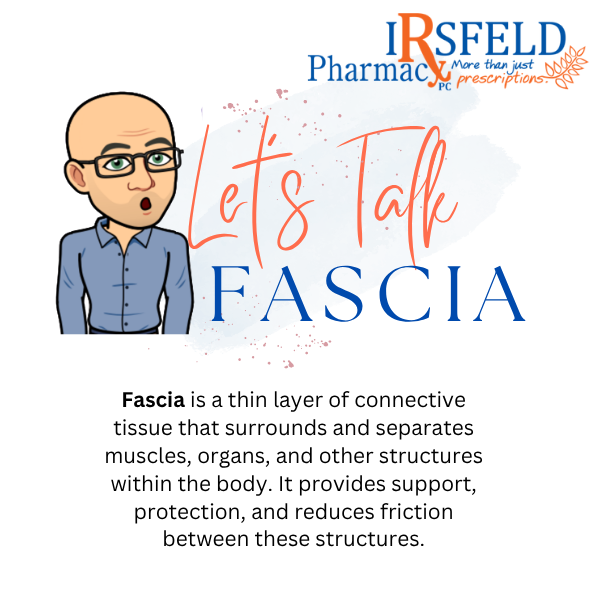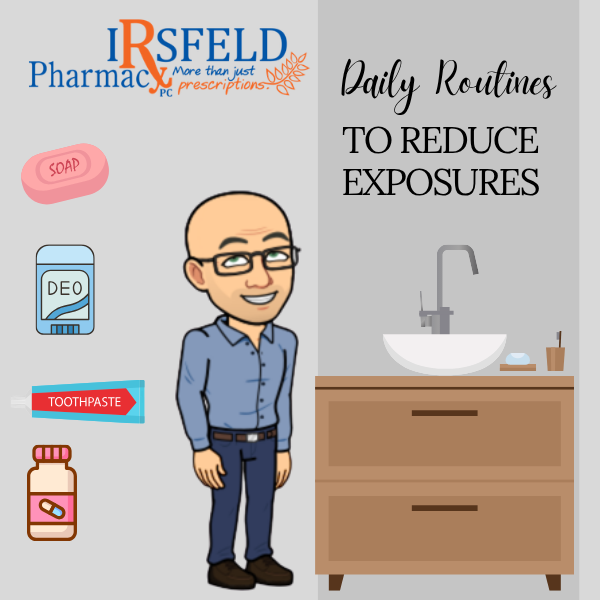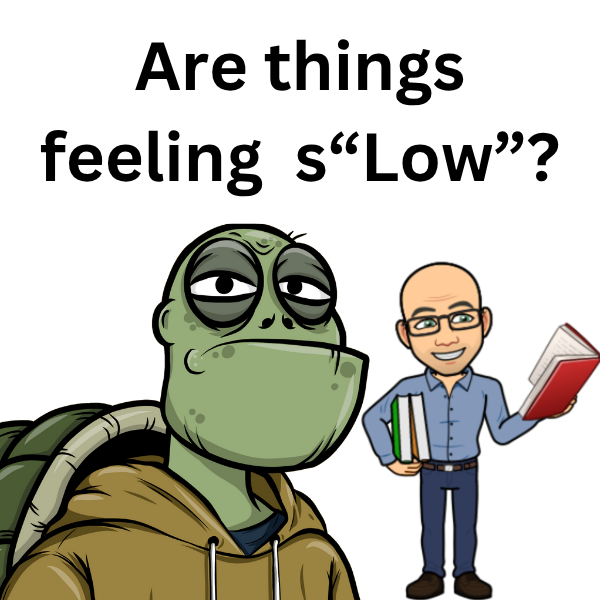The human "GLUE"

Aging is a fact of life, and collagen, like hormones, is one of those things that, over time, start to diminish in the aging process. When a person is in their 20s and 30s, there seems to be an overabundance of collagen and hormones. Our skin is smooth, stretchy, and vibrant, and we have flexible joints. Over time, our bodies produce less and less of these fountains of youth. At some point, you look in the mirror and say, "where did all the wrinkles come from?" The answer is that you are aging, and in that process, you develop a deficiency of collagen and hormones.
Collagen is a protein found in bones, skin, cartilage, ligaments, tendons, and bone marrow. Think of it as the "glue" that keeps us together. Our joints naturally experience wear and tear as we age, becoming less flexible. Part of this is due to the body's decreased production as we age. Collagen is the primary source of protein in our body, accounting for up to 30% of the total amount. Collagen is an essential part of our connective and fibrous tissues.
The composition of the amino acid collagen comes from peptide chains and is a concentrated source of amino acids, proline, and glycine. These two proteins are not a component of animal proteins, which are the most common source of protein in the standard American diet. They can be found in organ meats which very few of us eat (think liver and gizzards).
Our skin is aided by collagen, which helps to form elastin and other compounds within the skin that are responsible for maintaining the skin's youthful tone, texture, and appearance. These peptides may also help support the elasticity and hydration of the structural components of skin and nails.
Clinical studies demonstrate oral supplementation with collagen helps promote healthy skin and nails by stimulating natural collagen production processes along with other proteins in the body. Studies show that collagen can reduce the visible signs of wrinkles, puffiness, and various other signs of aging. Some have even found a decrease in cellulite when consuming foods and supplements containing collagen.
Have you ever felt like you've got "wooden legs," the types that feel "stiff as boards" and cause pain when you move? This stiffness is most likely due to a decrease in collagen because when we lose collagen, our tendons and ligaments start moving with less ease, leading to stiffness, swollen joints, and more.
We often hear of the cushion between the bones in our knees and how that is wearing away, and we have bone on bone. Collagen allows us to glide and move without pain due to the smooth structure that covers and holds bones together. A 2006 study looked at using collagen for osteoarthritis. The study indicated that there was evidence supporting is used for this condition.
Another clinical study showed it helpful in patients who have rheumatoid arthritis. Patients found relief from painful symptoms by decreasing swelling in tender joints.
Healthy bones, ligaments, and tendons result from collagen in the skeletal system. Collagen in the bones, ligaments, and tendons supports flexibility, elasticity, and mobility. Clinical studies demonstrate supplemental collagen's ability to help promote a healthy bone collagen matrix.
Lifestyle, that word no one wants to hear about because it is a code word for "change," can affect collagen levels. Diets high in sugar, smoking, and high amounts of sun exposure can all deplete our collagen over time. Another factor that we can't control and has the most significant effect on collagen is the aging process which happens when gravity takes over, and we get wrinkles, sagging skin, and sore, worn-out joints.
Aside from organ meat, making bone broth can obtain collagen from food. The process requires simmering the bones, ligaments, etc., for up to a day or more, which leads to the release of the beneficial ingredients, including collagen, amino acids, glutamine, glucosamine, chondroitin, and minerals including calcium, magnesium, and phosphorus. If you don't want to go through this process, you can purchase bone broth but always look for organic, as well made from grass-fed animal bones.
If the bone broth is not your thing, collagen is available as a dietary supplement. There are five different forms of collagen types I, II, III, IV, and V. All work on other parts of your body, so targeting a single source collagen product will leave holes in your regimen.
There are many collagen products on the market these days, and finding a good quality collagen product that fits your needs and has the science to back it up is essential. One of my favorites has a combination of four types of collagens. Each type has studies showing its effectiveness. It also has fifteen grams of protein and is tasteless.
If you suffer from sore and painful joints, have decreased bone density, or are not happy with your newfound wrinkles, now is the time to try a quality collagen supplement and see if you notice any beneficial results. For many of you, collagen production will not just magically start up again, don't be afraid to help out the process.
My staff and I would be happy to help you choose a quality collagen product, so stop by the pharmacy or call to schedule a consultation. Please visit my website at www.irsfeldpharmacy.com to find this and other archived articles in the blog section. You can also sign up for my podcast under the podcast tab, where I visit with providers in our region.
Until next time, be vigilant about your health!!












Share On: